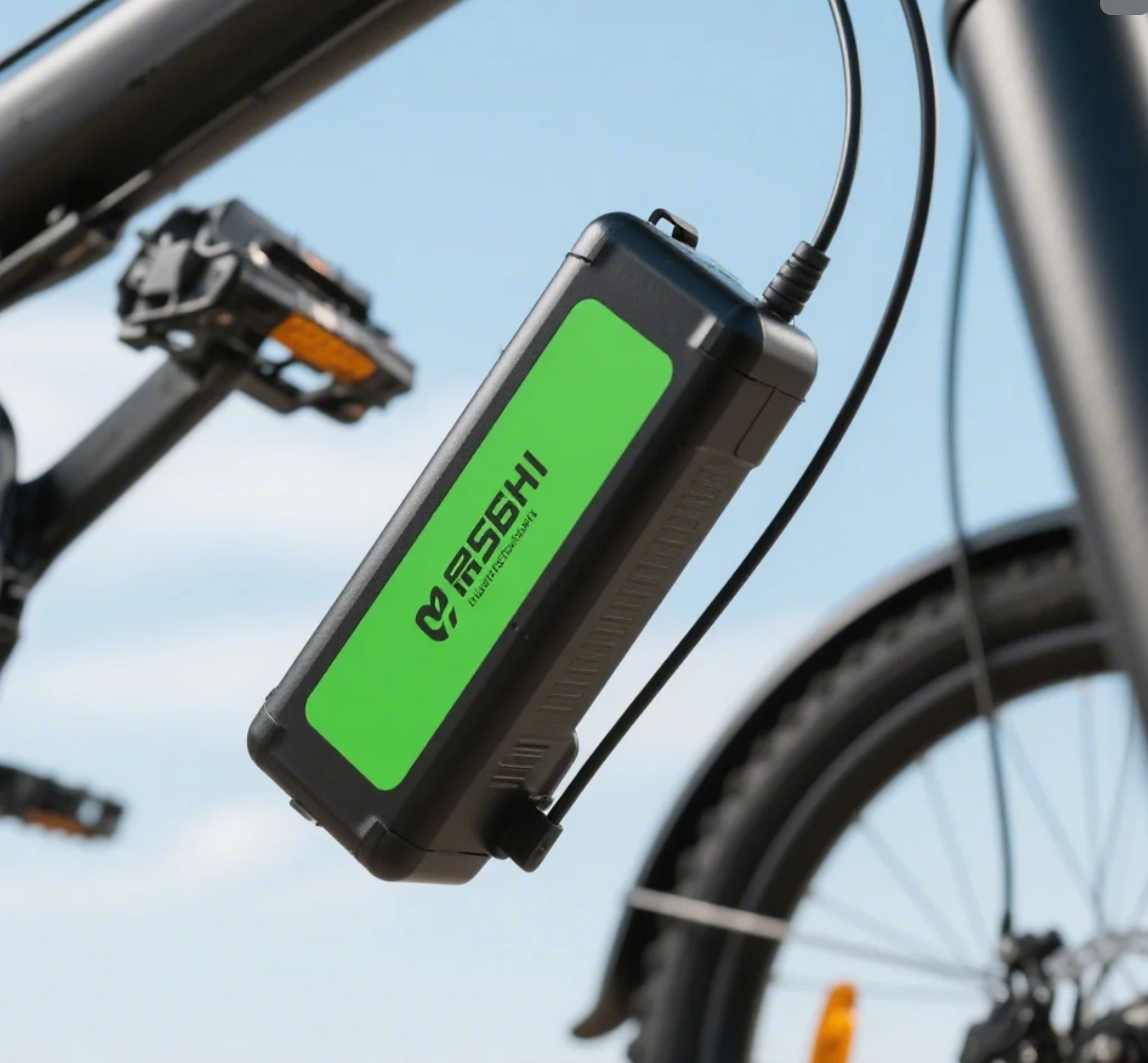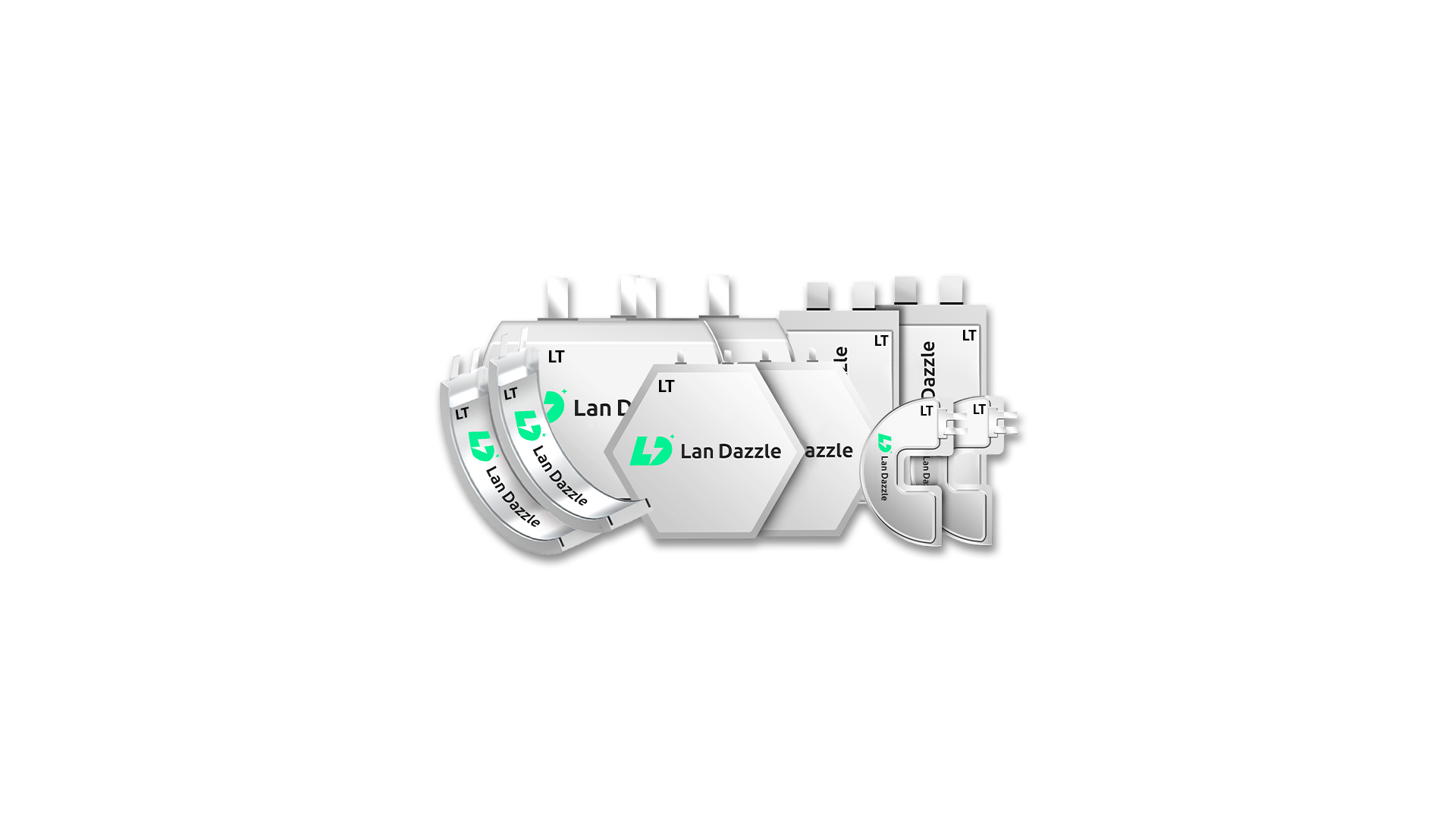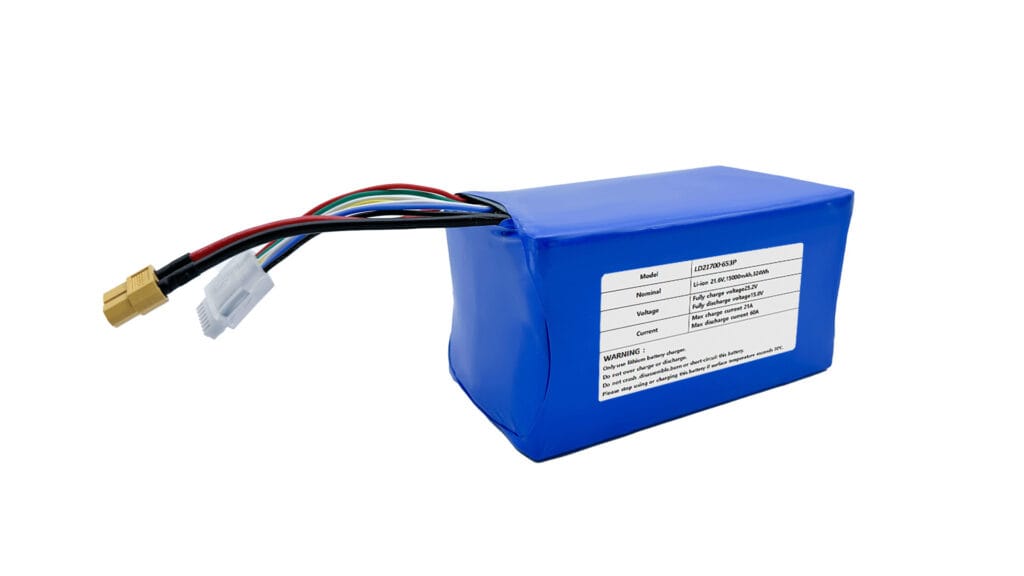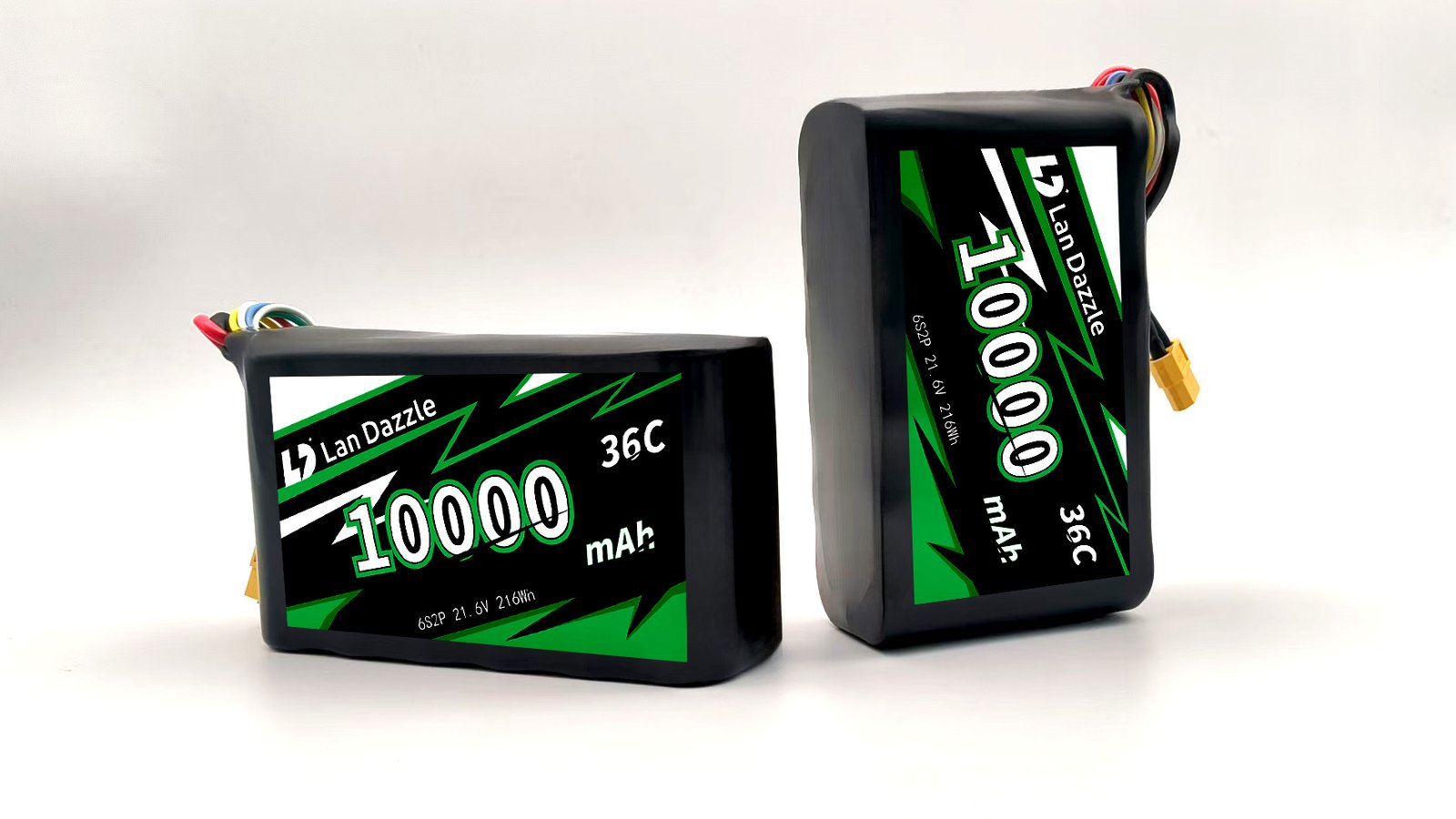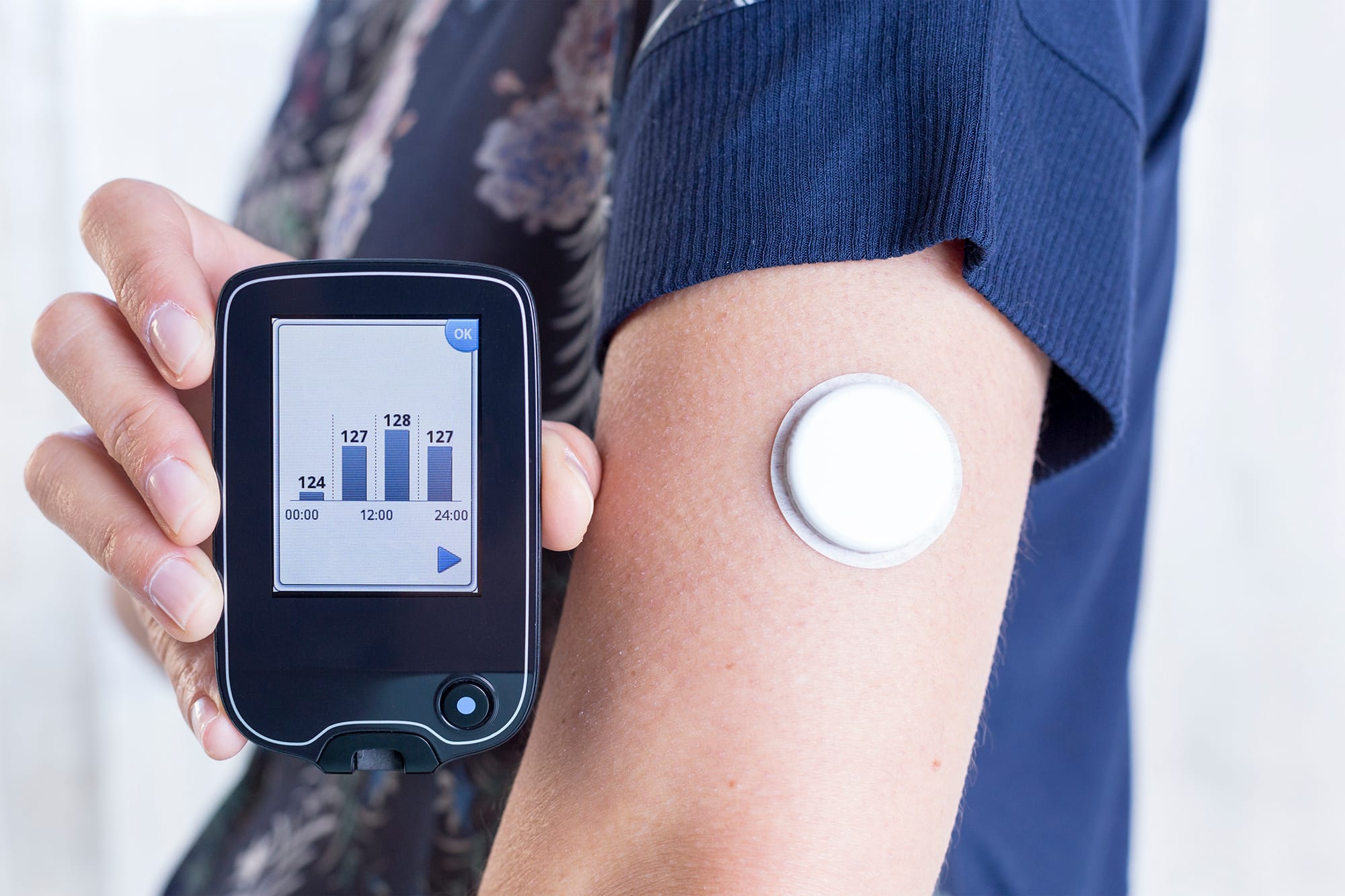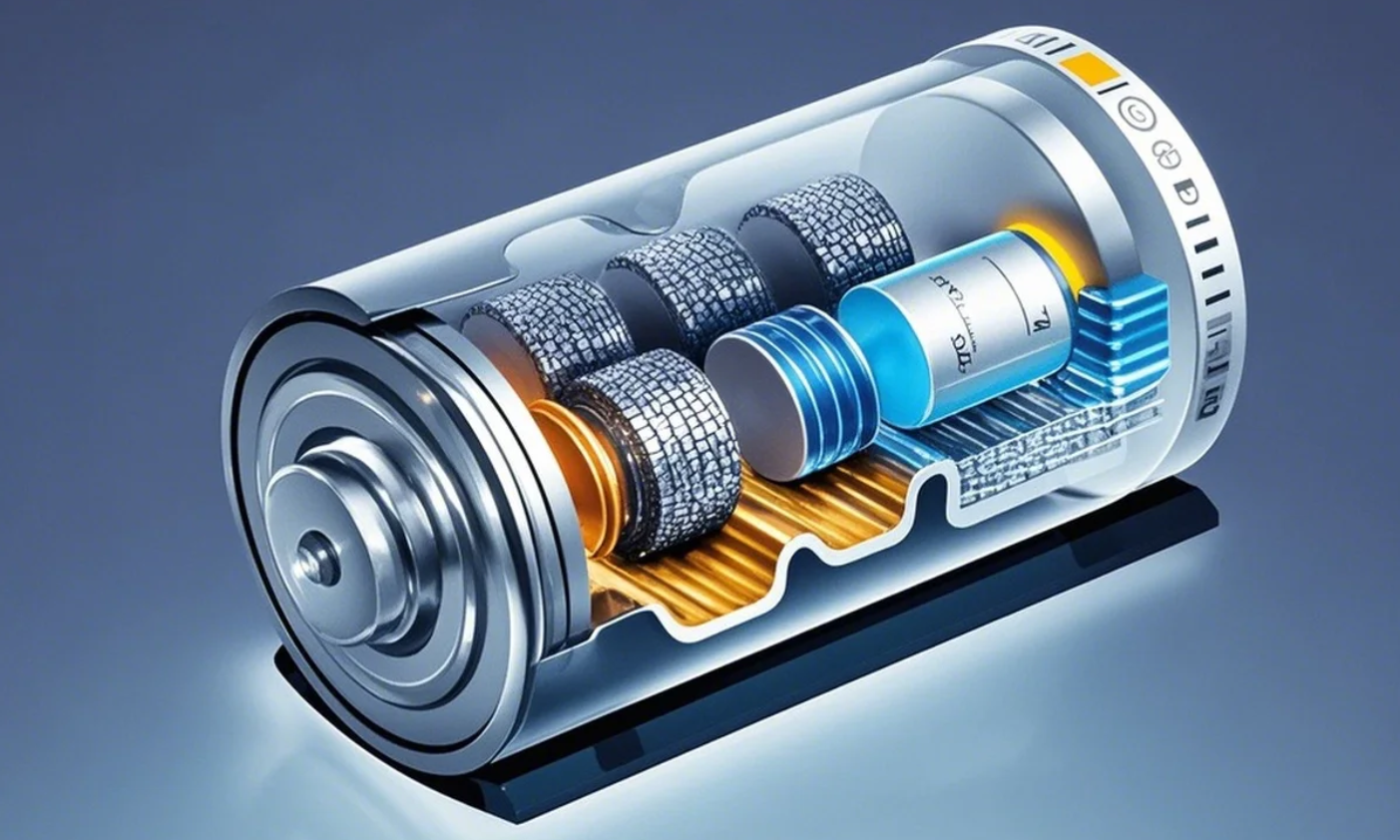The hum of an electric bike is becoming an increasingly familiar sound on our roads and trails. As more people embrace the benefits of electric mobility, the technology powering these bikes becomes ever more important. At the heart of most modern e-bikes lies the battery, and for many, the 48V lithium ion battery for electric bike stands out as a powerful and efficient choice.
This comprehensive guide will delve into the world of 48V lithium ion battery for electric bike, exploring their popularity, technology, key considerations when choosing one, maintenance tips, and more for those considering their first ebike.
Why 48V Lithium ion Battery are Popular for Electric Bikes
The 48V ebike battery system has emerged as a sweet spot for many electric bicycle manufacturers and riders alike. Its popularity stems from several key advantages:
Higher Power Output: Compared to lower voltage options like 24V or 36V, a 48V battery for electric bicycle delivers significantly more power. This translates to better acceleration, especially from a standstill, and the ability to tackle steeper inclines with greater ease.
For example, a 48V system can comfortably power motors ranging from 500W to 750W and even higher in some cases, providing a noticeable boost in performance compared to lower voltage setups typically supporting motors in the 250W to 500W range. This extra power makes 48V e-bikes more versatile and suitable for a wider range of terrains and riding styles.
Improved Range and Efficiency: A higher voltage system can also contribute to improved energy efficiency and longer riding ranges. Power (P) is the product of voltage (V) and current (I) (P=IV). For a given power output, a higher voltage allows for lower current draw. Lower current means less energy is lost as heat during transmission, leading to better overall efficiency and allowing you to travel further on a single charge with the same ebike battery amp hours (Ah).
While range is also heavily dependent on the battery’s Ah rating, a 48V system generally offers a more efficient use of that capacity. For instance, a 48V 15Ah ebike battery might offer a longer range than a 36V 15Ah battery on the same e-bike under similar conditions. Many potential buyers are looking for a long-range ebike battery 48V, and this voltage often delivers.
Lighter Weight and Compact Design: Lithium-ion technology itself is a significant advancement over older battery types like lead-acid, offering a much higher energy density. This means that for the same amount of energy storage, a lithium-ion battery will be considerably lighter and more compact.
The 48V lithium ebike battery benefits from this, contributing to a lighter overall e-bike weight and improved handling, which is a significant factor for many first-time buyers.
Key Components and Technology Behind 48V Lithium ion Battery for Electric Bike
Understanding the technology behind these batteries can help you make informed decisions when considering an electric bike:
Lithium-ion Cell Chemistry: At the core of a 48V lithium-ion battery are individual lithium-ion cells. These cells come in various chemical compositions, each with its own set of characteristics.
Common chemistries in e-bikes include Lithium Iron Phosphate (LiFePO4), Lithium Nickel Manganese Cobalt Oxide (Li-NMC), and Lithium Nickel Cobalt Aluminum Oxide (Li-NCA). LiFePO4 batteries are known for their safety and long cycle life, often exceeding 2,000 cycles. Li-NMC and Li-NCA batteries typically offer higher energy density, meaning they can store more energy for their size and weight, but might have a slightly shorter cycle life.
Battery Management System (BMS): The Battery Management System (BMS) is the unsung hero of your ebike battery. This sophisticated electronic circuit board plays a crucial role in ensuring the safe and efficient operation of the battery pack.
Its key functions include preventing overcharging and over-discharging, which can damage the cells and shorten the battery’s lifespan. The BMS also monitors temperature to prevent overheating, balances the charge across all the individual cells to maximize capacity and longevity, and provides short circuit protection. Without a properly functioning BMS, a lithium battery for electric bicycle can be unsafe and prone to failure.
Battery Pack Configuration: To achieve the desired 48V battery voltage, individual lithium-ion cells (which typically have a nominal voltage of around 3.6V to 3.7V) are connected in series. To increase the overall capacity (ebike battery watt hours – Wh), groups of these series-connected cells are then connected in parallel.
The quality of these individual cells and the precision of the pack configuration significantly impact the overall performance, reliability, and lifespan of the 48V ebike battery.
Factors to Consider When Choosing a 48V Lithium-ion Battery
Selecting the right battery for your electric bicycle is crucial for optimal performance and enjoyment. Here are key factors to consider for potential ebike owners:
Capacity (Amp-hours – Ah) and Range: The capacity of your battery, measured in ebike battery amp hours (Ah), directly influences the potential riding range of your electric bike. A higher Ah rating means more energy storage and thus, the ability to travel further on a single charge.
For a 48V system, a 48V 10Ah ebike battery might offer a range of around 20-40 miles depending on factors like terrain, rider weight, and assistance level. A 48V 20Ah ebike battery could potentially double that range. Consider your typical riding needs and choose a capacity that comfortably meets them. If you primarily commute short distances, a lower Ah battery might suffice, while those looking for longer adventures will need a high-capacity 48V ebike battery.
Voltage Compatibility: This is a non-negotiable factor. Ensure that the battery you choose is specifically designed for a 48V electric bike system. The voltage of the battery must match the requirements of your e-bike’s motor and controller. Using a battery with an incorrect voltage can lead to damage to the components or complete system failure. Always check the specifications of your e-bike before purchasing a replacement or upgrade battery.
Physical Size and Mounting: Electric bike batteries come in various shapes and sizes. You need to ensure that the battery you choose physically fits within the designated space on your e-bike frame and utilizes the correct mounting mechanism. Common mounting styles include downtube-mounted batteries that integrate seamlessly into the frame and rack-mounted batteries that sit above the rear wheel. Carefully measure the available space and identify the correct mounting type for your e-bike.
Brand Reputation and Warranty: Investing in a 48V lithium ebike battery from a reputable manufacturer is crucial for quality, reliability, and safety. Established brands often use higher-quality cells and have better quality control processes. Additionally, a good warranty provides peace of mind in case of defects or premature failure. Research different brands to find the best 48V ebike battery for your needs.
Safety Certifications: Look for safety certifications such as UL (Underwriters Laboratories) or CE (Conformité Européenne). These certifications indicate that the battery has undergone testing and meets certain safety standards, reducing the risk of fire or other hazards.
Charging and Maintaining Your 48V Lithium-ion Battery
Proper care and maintenance are essential for maximizing the lifespan and performance of your 48V lithium-ion battery:
Proper Charging Procedures: Always use the charger specifically designed for your 48V lithium-ion battery. Using the wrong charger can damage the battery. Avoid overcharging by unplugging the charger once the battery is full.
While occasional full discharges are not necessarily harmful, consistently deep discharging the battery can shorten its lifespan. Many modern e-bike batteries and chargers have built-in smart features that prevent overcharging. Understanding how to properly charge your 48V ebike battery is key to longevity.
Storage Best Practices: When storing your electric bike for extended periods, it’s best to store the battery in a cool, dry place, away from direct sunlight and extreme temperatures. Ideally, store the battery at around 50-70% charge. Avoid storing the battery fully charged or completely empty for long durations, as this can negatively impact its health.
Extending Battery Lifespan: Several factors can influence the lifespan of your battery. Avoiding extreme temperatures (both hot and cold) during charging and usage is crucial. Gentle riding habits, avoiding excessive strain on the motor, and adhering to proper charging and storage practices will all contribute to a longer battery life. A good quality 48V lithium-ion ebike battery can typically last for 500 to 1000 charge cycles or even more with proper care. For those wondering about 48V ebike battery lifespan, proper maintenance is crucial.
Potential Issues and Troubleshooting
While generally reliable, 48V lithium-ion batteries can sometimes experience issues. Common problems include a reduced range, failure to charge, or the battery discharging much faster than usual.
For basic troubleshooting, check all connections to ensure they are secure. Verify that you are using the correct charger and that it is functioning properly. If you encounter more complex issues, it’s best to consult the manufacturer’s manual or seek assistance from a qualified e-bike technician. Knowing when it might be time for replacing ebike battery 48V can save you from unexpected breakdowns.
Conclusion
The 48V lithium ion battery for electric bike has become a cornerstone of the e-bike revolution, offering a powerful, efficient, and relatively lightweight solution for powering your ride. By understanding the technology, considering the key factors when choosing a battery, and following proper charging and maintenance practices, you can ensure a long-lasting and enjoyable e-biking experience.
As battery technology continues to advance, we can expect even more efficient and powerful options to emerge, further enhancing the appeal and practicality of electric bicycles for transportation and recreation.
How Lan Dazzle Supports E-Bike Manufacturers with Tailored Solutions
At Lan Dazzle, we go beyond just providing batteries; we offer full support throughout the process. From the initial design phase to final delivery, our team works closely with manufacturers to create the best possible battery solution for their e-bikes.
Here’s how we help:
-
Consultation and Design: We offer expert consultation to help you select the right battery design and features based on your e-bike’s specifications.
-
Prototyping: Our prototyping service ensures that your custom battery fits perfectly and meets all performance criteria before mass production.
-
OEM Production: Once the design is finalized, we offer OEM e-bike batteries to integrate seamlessly with your bike models.
-
After-Sales Support: Our relationship doesn’t end once the batteries are delivered. We provide ongoing support, including maintenance tips, troubleshooting, and upgrades.
Ready to take your e-bike to the next level? Choose Lan Dazzle for the best e-bike batteries that deliver performance, safety, and reliability. To learn more about our products and services, visit our website at landazzle.com or reach out to us at info@landazzle.com.
FAQ
- How long does a 48V lithium-ion battery for an electric bike typically last?
A good quality 48V lithium-ion battery for an ebike can typically last for 3 to 5 years or between 500 and 1000 charge cycles, depending on usage, care, and the quality of the battery. - What is the typical range I can expect from a 48V ebike battery with different Ah ratings (e.g., 10Ah, 15Ah, 20Ah)?
While range varies based on many factors, you can generally expect around 20-40 miles from a 48V 10Ah ebike battery, 30-60 miles from a 48V 15Ah ebike battery, and 40-80 miles or more from a 48V 20Ah ebike battery. - How do I properly charge a 48V lithium-ion battery for my electric bike?
Use the charger specifically designed for your 48V lithium-ion battery. Plug it into a standard outlet and connect it to the battery. Avoid overcharging and unplug the charger once the battery is full. - Are 48V lithium-ion batteries safe for electric bikes?
Yes, when manufactured with quality cells and equipped with a proper Battery Management System (BMS), 48V lithium-ion batteries are safe for electric bikes. The BMS protects against overcharging, over-discharging, and overheating. Look for safety certifications like UL or CE. - Can I upgrade my electric bike to a 48V battery if it currently has a lower voltage battery?
Generally, no. The voltage of the battery must match the voltage requirements of your ebike’s motor and controller. Upgrading ebike battery to 48V without ensuring compatibility can damage the electrical components of your e-bike. - How much does a 48V lithium-ion battery for an electric bike cost?
The cost of a 48V lithium-ion battery for an electric bike can range from $300 to $800 or more, depending on the capacity (Ah), brand, and quality. - What are the key differences between different types of lithium-ion batteries used in electric bikes?
Common types include LiFePO4 (safer, longer life, lower energy density), Li-NMC (high energy density, good balance of performance and lifespan), and Li-NCA (very high energy density, often found in premium e-bikes).
